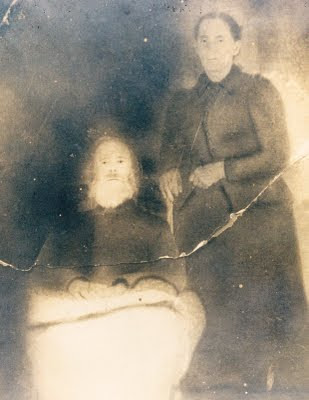
Alfred Benton Dunagan born Oct 1855, died 7 Sep 1931 in Jackson County, GA
Jeter Andrew Dunagan born 26 Aug 1856, died 3 May 1923 in Barrow County, GA
Joseph Alexander Dunagan born 8 Apr 1862, died 25 Dec 1949 in Barrow County, GA
John Marion Dunagan born 22 Mar 1869, died 14 Nov 1920 in Hall County, GA
Eveline Dunagan born ABT 1871, died ?
Amanda Dunagan born 22 Aug 1871, died 6 Dec 1943 in Hall County, GA
Lucinda “Lady” Dunagan born ABT 1874, died ?
Sarah Jane Dunagan born ABT 1867, died ?
John Franklin Dunagan enlisted as a private with the CSA on May 12, 1862, but by June 10, 1862, he was listed as a deserter. Obviously, he was not too happy to join the cause but faced the threat of conscription. I know that his father, Joseph Ellis Dunagan and many of his Uncles did not support secession from the Union. On September 4, 1862 he rejoined his unit in Company F, 43rd Infantry Regiment of Georgia. The Georgia 43rd Infantry Regiment organized at Big Shanty, Georgia, earlier in April, 1862, which contained men from Cherokee, Pickens, Cobb, Hall, Forsyth, Jefferson, and Jackson counties. The unit moved to Tennessee, then Mississippi where they were placed under the command of General Barton in the Department of Mississippi and East Louisiana. His unit took an active part in the conflicts at Chickasaw Bayou and Champion's Hill, and was captured when Vicksburg fell. John Franklin Dunagan was reported captured at Bakers Creek, Mississippi on May 16, 1863. He was part of an exchange of prisoners at Fort Delaware, Delaware, sometime in 1863. After being exchanged, the 43rd was assigned to General Stovall's Brigade, Army of Tennessee. It was prominent in the numerous campaigns of the army from Missionary Ridge to Nashville, and ended the war in North Carolina. In December, 1863, it totaled 283 men and 251 arms, and in November, 1864, there were 130 fit for duty. John Franklin Dunagan deserted again and on February 13, 1864, traveled to Chattanooga, TN, to take an oath of allegiance to the United States government. On April 26, 1865, his entire regiment, or what was left, surrendered.





